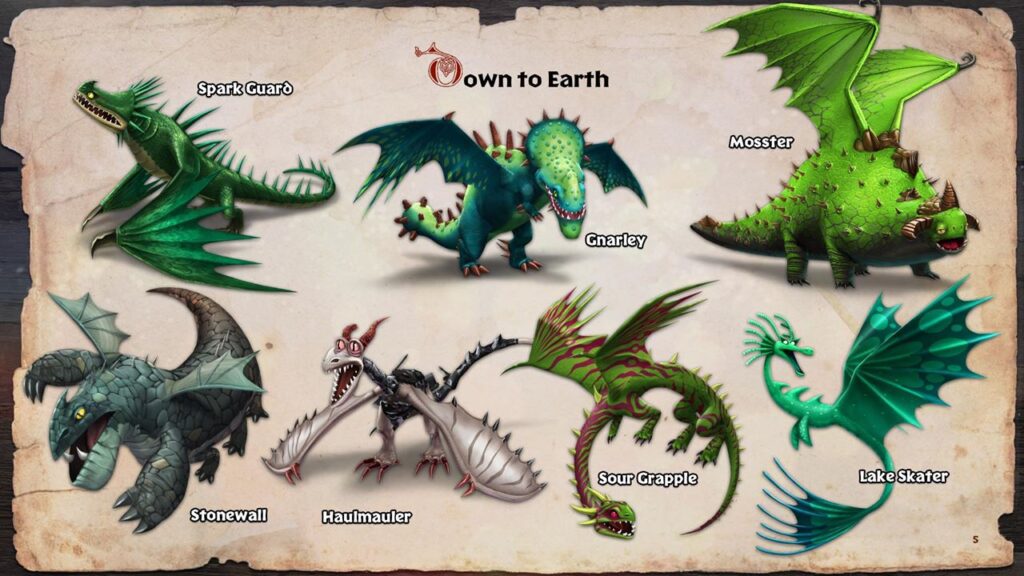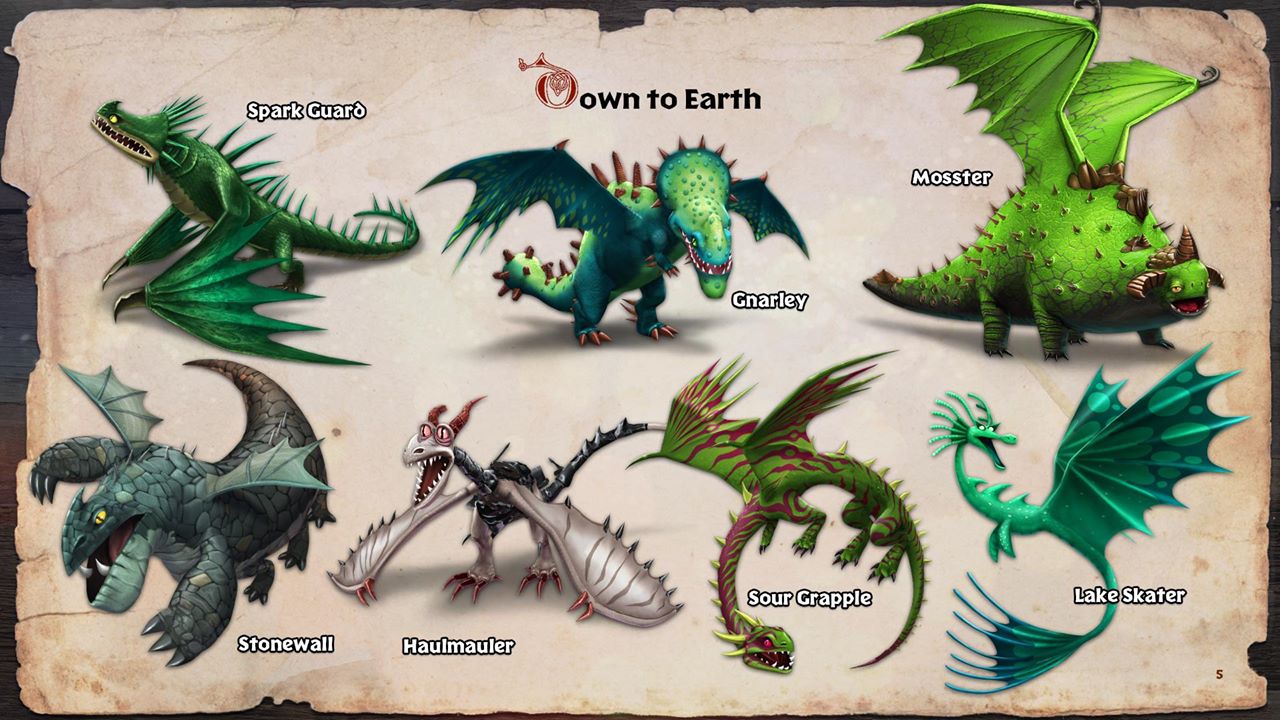
A Comprehensive Guide to the Kinds of Dragons in How to Train Your Dragon
The How to Train Your Dragon franchise, encompassing films, television series, and books, has captivated audiences with its rich world of Vikings and dragons. Central to its appeal is the diverse array of dragon species, each possessing unique characteristics, abilities, and temperaments. This article provides a comprehensive overview of the various kinds of dragons in How to Train Your Dragon, exploring their distinguishing features and roles within the narrative.
Understanding the Dragon Classification System
In the How to Train Your Dragon universe, dragons are categorized into different classes based on their primary attributes and behaviors. These classes help Vikings (and viewers) understand the general tendencies and dangers associated with each type of dragon. Let’s delve into the major classes:
Strike Class
The Strike Class is renowned for its speed, intelligence, and deadly attacks. Dragons in this class are often considered among the most dangerous and elusive.
- Night Fury: Arguably the most famous dragon, Toothless is a Night Fury. Known for their sleek black scales, incredible speed, plasma blasts, and unmatched intelligence. They are extremely rare and were once believed to be the ‘unholy offspring of lightning and death itself.’
- Light Fury: The Light Fury is a close relative of the Night Fury, possessing similar abilities but with white scales and a preference for icy environments. They are equally intelligent and elusive.
Mystery Class
The Mystery Class is characterized by dragons with unusual or enigmatic abilities, often involving camouflage, illusions, or other forms of deception.
- Changewing: Changewings can camouflage themselves to blend in with their surroundings, making them difficult to detect. They also possess acidic saliva.
- Boneknapper: This dragon is obsessed with collecting bones to create armor for itself. Its appearance varies greatly depending on the bones it manages to acquire.
Tracker Class
Dragons in the Tracker Class possess exceptional senses and tracking abilities, making them valuable allies in search and rescue operations.
- Snifflehunch: Known for their incredible sense of smell, Snifflehunches can track anything.
Stoker Class
The Stoker Class comprises dragons that breathe fire or produce heat in some way. They are often aggressive and powerful.
- Terrible Terror: Small but ferocious, Terrible Terrors are known for their fiery breath and pack behavior. They often act as scouts for larger dragons.
- Monstrous Nightmare: These dragons are covered in flammable gel that they can ignite at will, making them appear to be constantly on fire. [See also: Dragon Training Techniques]
- Fireworm Queen: The queen of all Fireworms, she is huge and powerful.
Boulder Class
Boulder Class dragons have thick hides and a preference for rocky environments. They are often slow but incredibly strong.
- Gronckle: Gronckles are small, stout dragons that fly slowly but can crush rocks into molten lava, which they then use as ammunition.
- Hotburple: Similar to Gronckles, Hotburples are lazy and often fall asleep mid-flight.
Tidal Class
The Tidal Class consists of dragons that live in or near water. They are often skilled swimmers and possess abilities related to controlling water.
- Seashocker: These dragons are known for their ability to generate electrical shocks in the water. They often hunt in packs.
- Thunderdrum: Thunderdrums emit a deafening roar that can stun opponents. They are powerful swimmers and often live in caves near the sea.
Sharp Class
Sharp Class dragons possess sharp spines, claws, or other physical features that make them formidable opponents.
- Deadly Nadder: Deadly Nadders are beautiful but dangerous dragons with sharp spines and a potent venom. They are known for their vanity and love of grooming.
- Timberjack: With wings that can slice through entire forests, Timberjacks are agile and destructive.
Notable Dragon Species and Their Characteristics
Beyond the class system, individual dragon species exhibit unique traits and behaviors that contribute to the richness of the How to Train Your Dragon world. Understanding these differences is crucial for appreciating the complexity of dragon-Viking interactions.
Night Fury (Toothless)
As mentioned earlier, the Night Fury is a rare and powerful dragon. Toothless, Hiccup’s loyal companion, exemplifies the intelligence, speed, and plasma-blasting abilities of this species. His bond with Hiccup is central to the franchise’s themes of understanding and acceptance.
Deadly Nadder (Stormfly)
Astrid’s dragon, Stormfly, is a Deadly Nadder. This species is known for its beauty, sharp spines, and deadly venom. Nadders are also known for their love of grooming, often spending hours preening their feathers.
Monstrous Nightmare (Hookfang)
Snotlout’s dragon, Hookfang, is a Monstrous Nightmare. These dragons are aggressive and covered in flammable gel, which they can ignite to create a fearsome display. Despite their intimidating appearance, they can be fiercely loyal.
Gronckle (Meatlug)
Fishlegs’ dragon, Meatlug, is a Gronckle. These dragons are small and stout, but they possess incredible strength and can melt rocks into lava. Gronckles are also known for their gentle nature.
Hideous Zippleback (Barf and Belch)
Ruffnut and Tuffnut’s dragon, Barf and Belch, is a Hideous Zippleback. This species has two heads, each with its own personality. One head breathes gas, while the other ignites it, creating a powerful explosion.
The Importance of Dragon Diversity in the Narrative
The wide array of kinds of dragons in How to Train Your Dragon is not merely a visual spectacle; it serves a crucial narrative purpose. Each species represents different aspects of the natural world, and their interactions with Vikings reflect the potential for both conflict and harmony. By learning to understand and respect these differences, the Vikings of Berk are able to forge a new path towards peace and cooperation.
The diversity of kinds of dragons in How to Train Your Dragon also allows for a wide range of storytelling possibilities. From the high-flying adventures of Toothless and Hiccup to the quirky antics of Barf and Belch, each dragon species brings its unique flavor to the narrative. This ensures that the franchise remains fresh and engaging for audiences of all ages. The various kinds of dragons in How to Train Your Dragon each have their own unique anatomy, abilities, and temperament which makes for a compelling story.
Evolution of Dragon Depictions Across the Franchise
Over the course of the How to Train Your Dragon franchise, the depiction of dragons has evolved significantly. In the early stages, dragons were often portrayed as fearsome and destructive creatures, reflecting the Vikings’ initial perception of them as enemies. However, as the series progresses, dragons are increasingly shown as intelligent, compassionate, and even playful beings. This evolution mirrors the changing relationship between Vikings and dragons, as they learn to coexist and even form deep bonds of friendship. The different kinds of dragons in How to Train Your Dragon each play a role in showcasing this evolution.
This shift in perspective is particularly evident in the portrayal of Toothless. Initially, he is wary and distrustful of Hiccup, but as their bond deepens, he becomes fiercely loyal and protective. Similarly, other dragons, such as Stormfly, Hookfang, and Meatlug, gradually reveal their softer sides, demonstrating that even the most intimidating creatures are capable of love and compassion. These various kinds of dragons in How to Train Your Dragon each have their own unique characteristics that contribute to the overall narrative.
Conclusion: The Enduring Appeal of Dragons in How to Train Your Dragon
The kinds of dragons in How to Train Your Dragon are a testament to the creativity and imagination of the franchise’s creators. From the sleek and powerful Night Fury to the quirky and lovable Gronckle, each dragon species is unique and memorable. Their diverse personalities and abilities contribute to the richness and depth of the How to Train Your Dragon world, making it a beloved and enduring story for audiences around the globe. The focus on understanding and acceptance, as exemplified by the relationship between Hiccup and Toothless, is a powerful message that resonates with viewers of all ages. Ultimately, the kinds of dragons in How to Train Your Dragon serve as a reminder that even the most different beings can find common ground and forge lasting bonds of friendship. Understanding all the kinds of dragons in How to Train Your Dragon helps to fully appreciate the narrative and the world-building within the franchise. The various kinds of dragons in How to Train Your Dragon each contribute to the overall message of understanding and acceptance. Exploring all the different kinds of dragons in How to Train Your Dragon can be a rewarding experience for fans of all ages. The many different kinds of dragons in How to Train Your Dragon help to create a rich and diverse world. [See also: Dragon Anatomy and Physiology]

